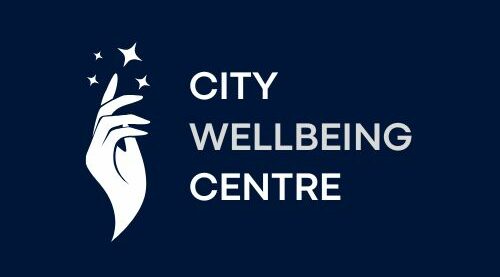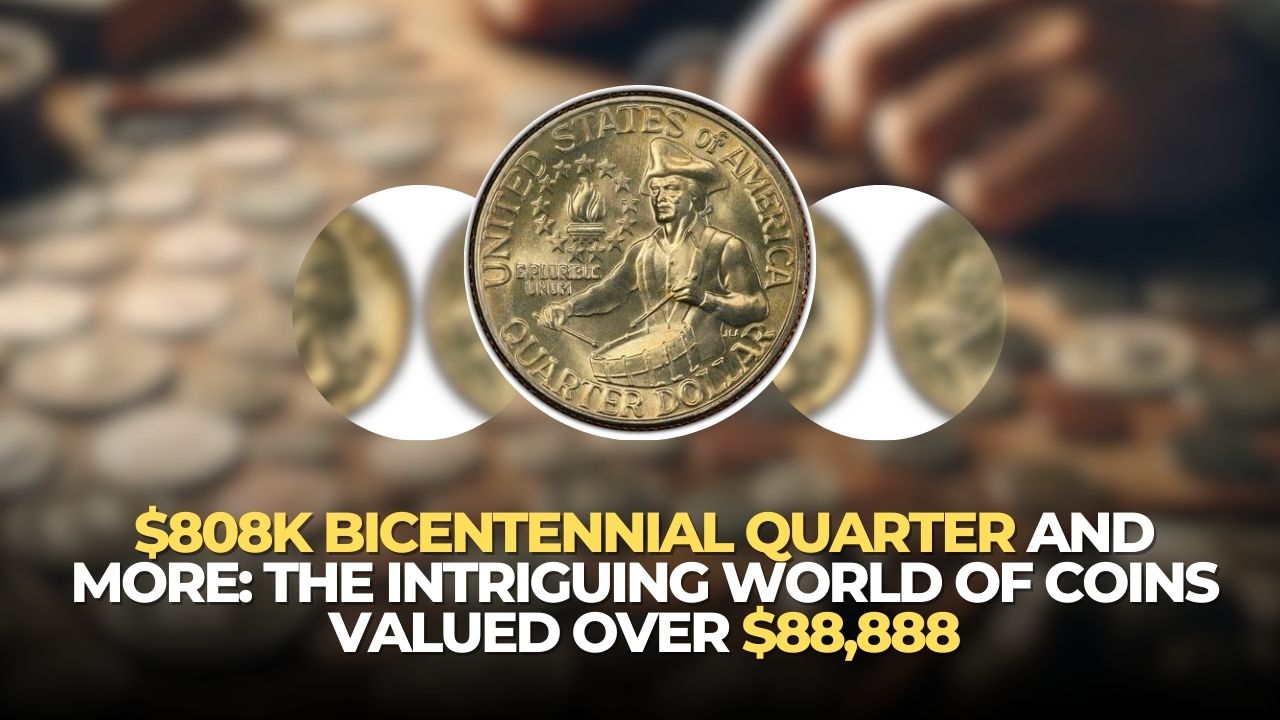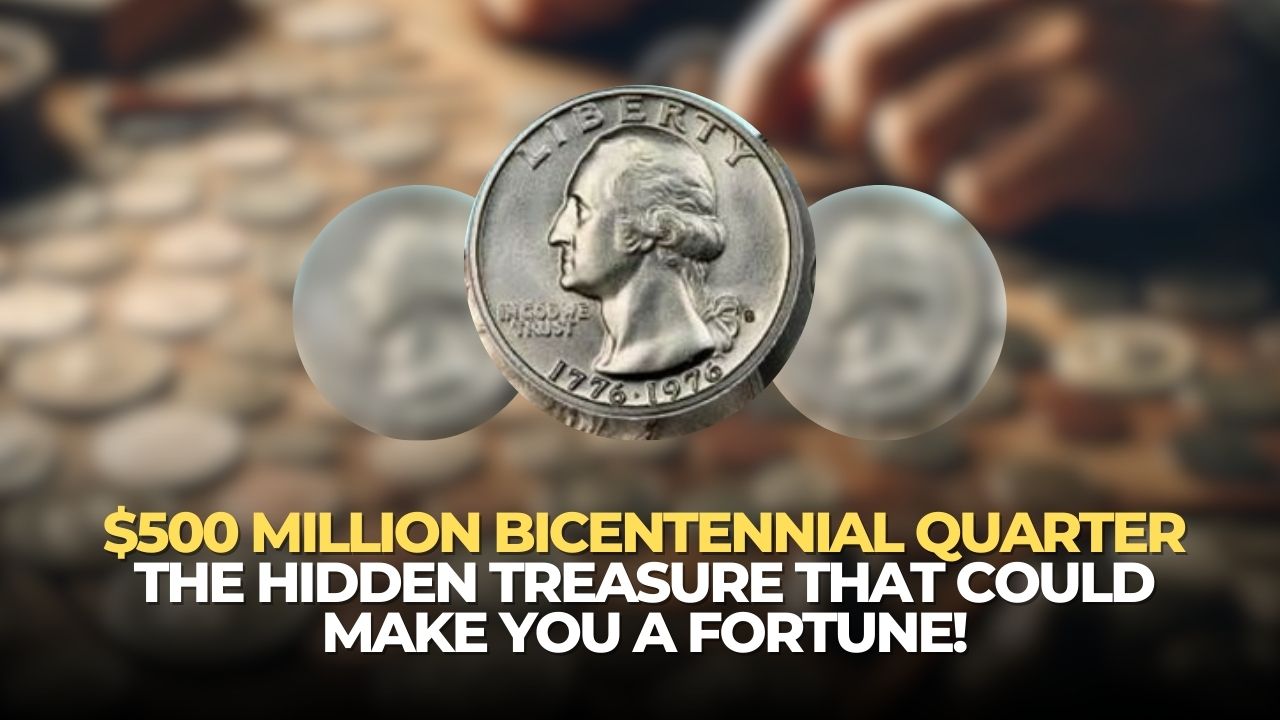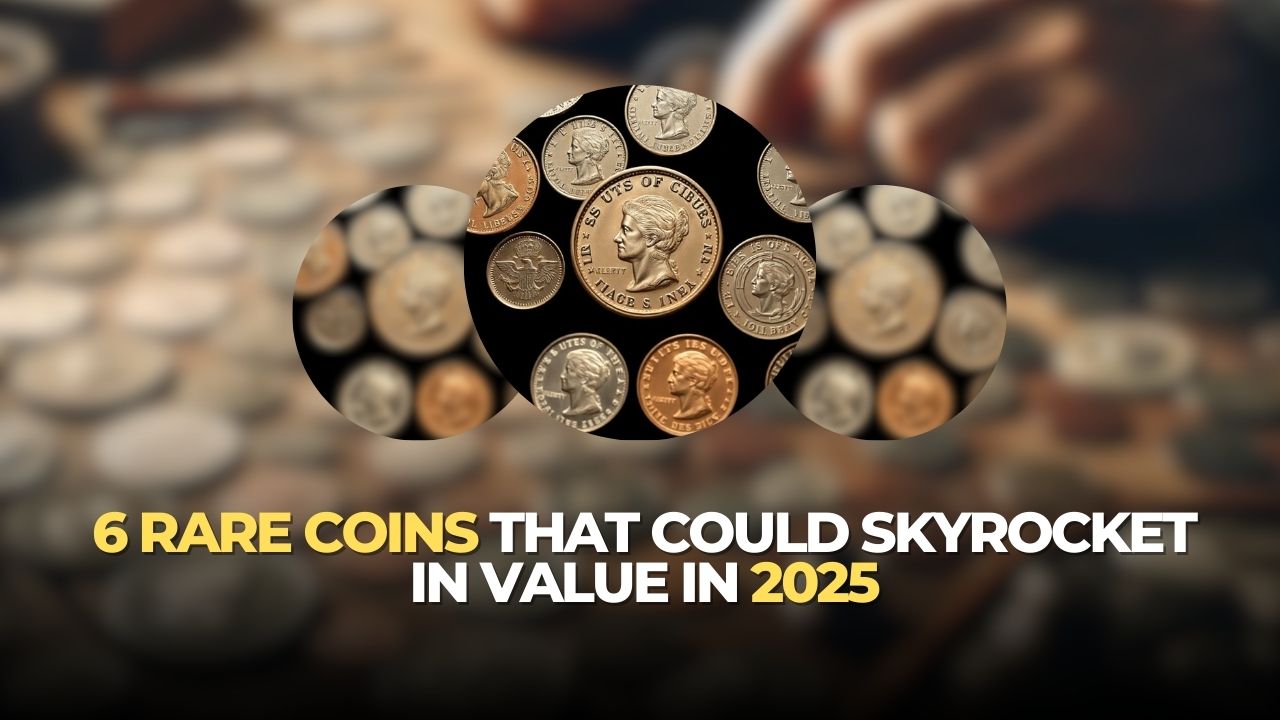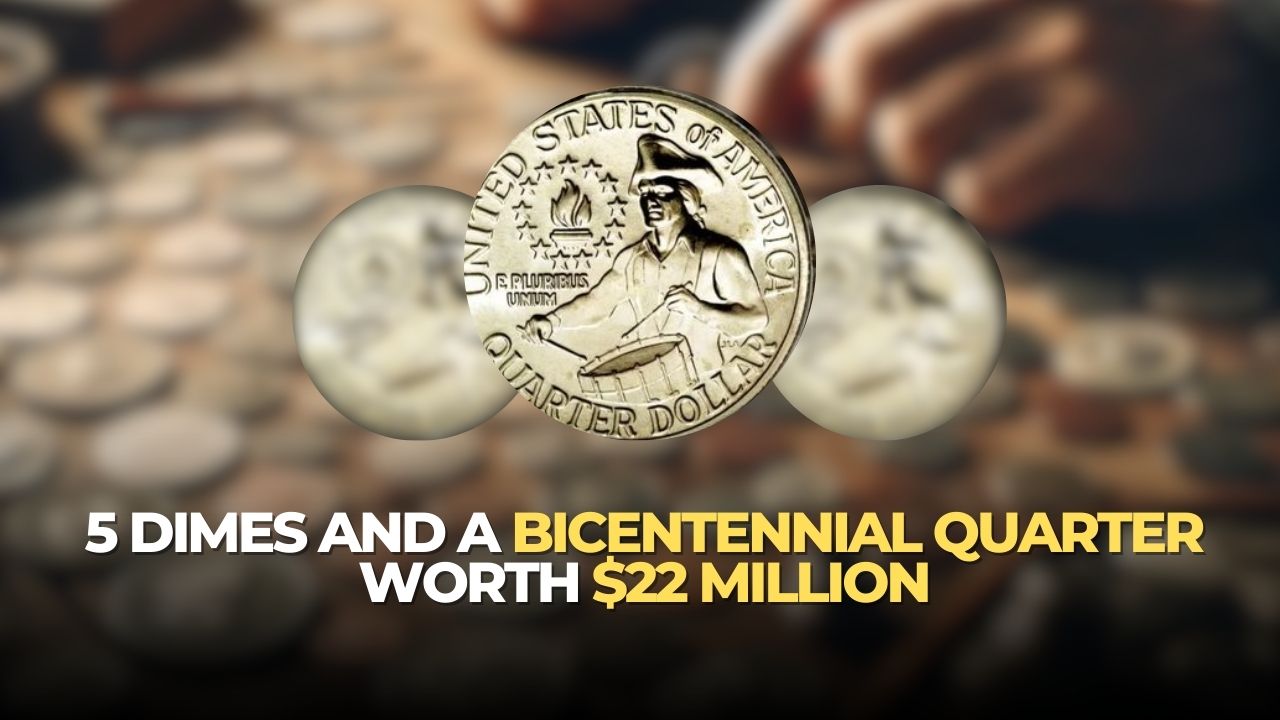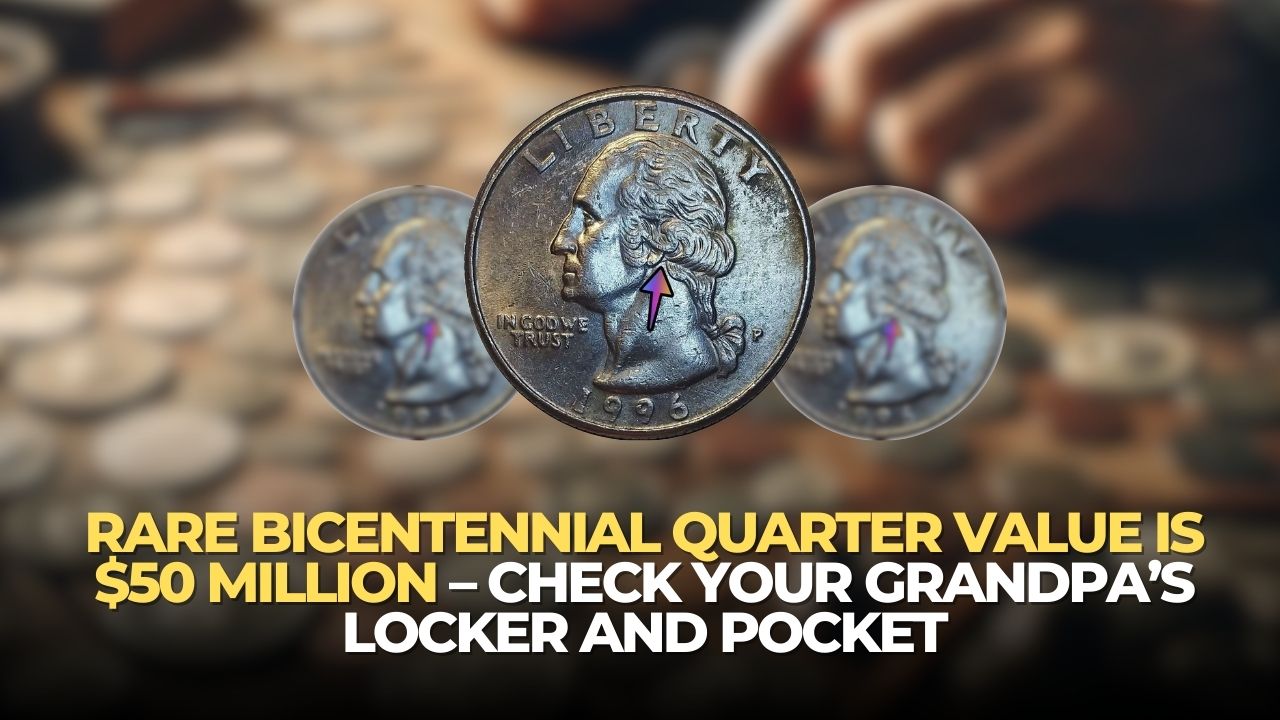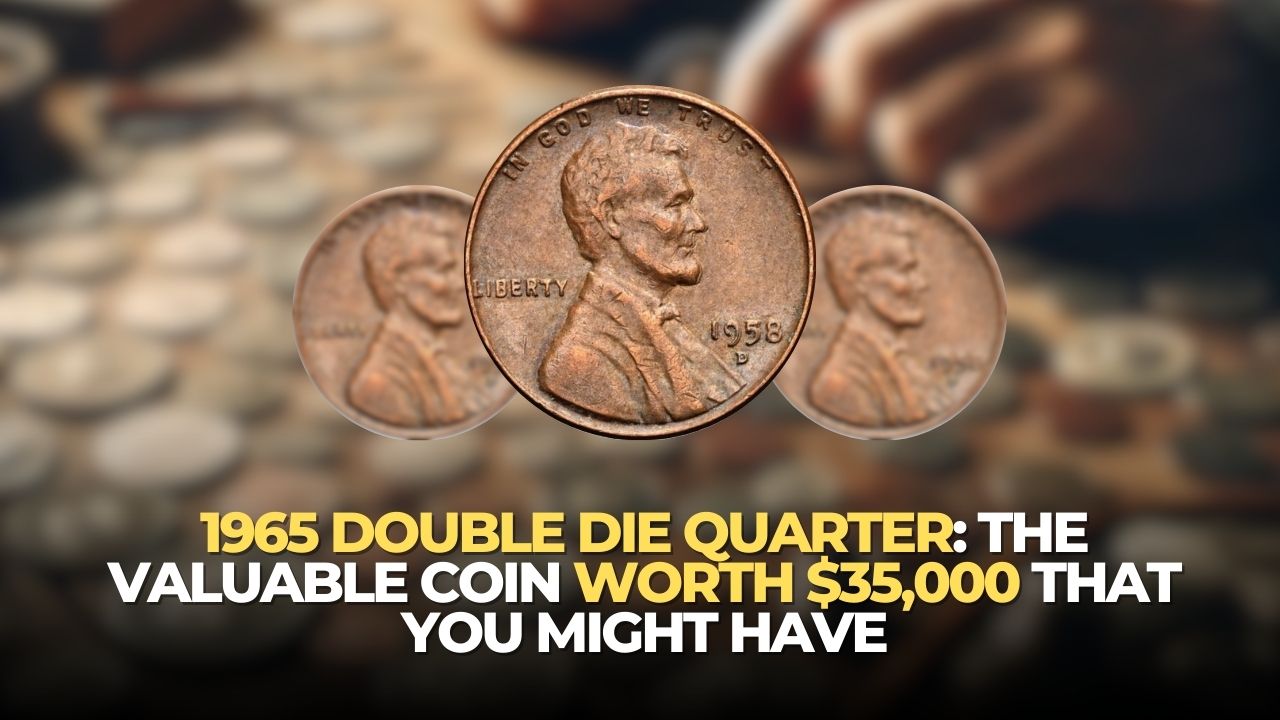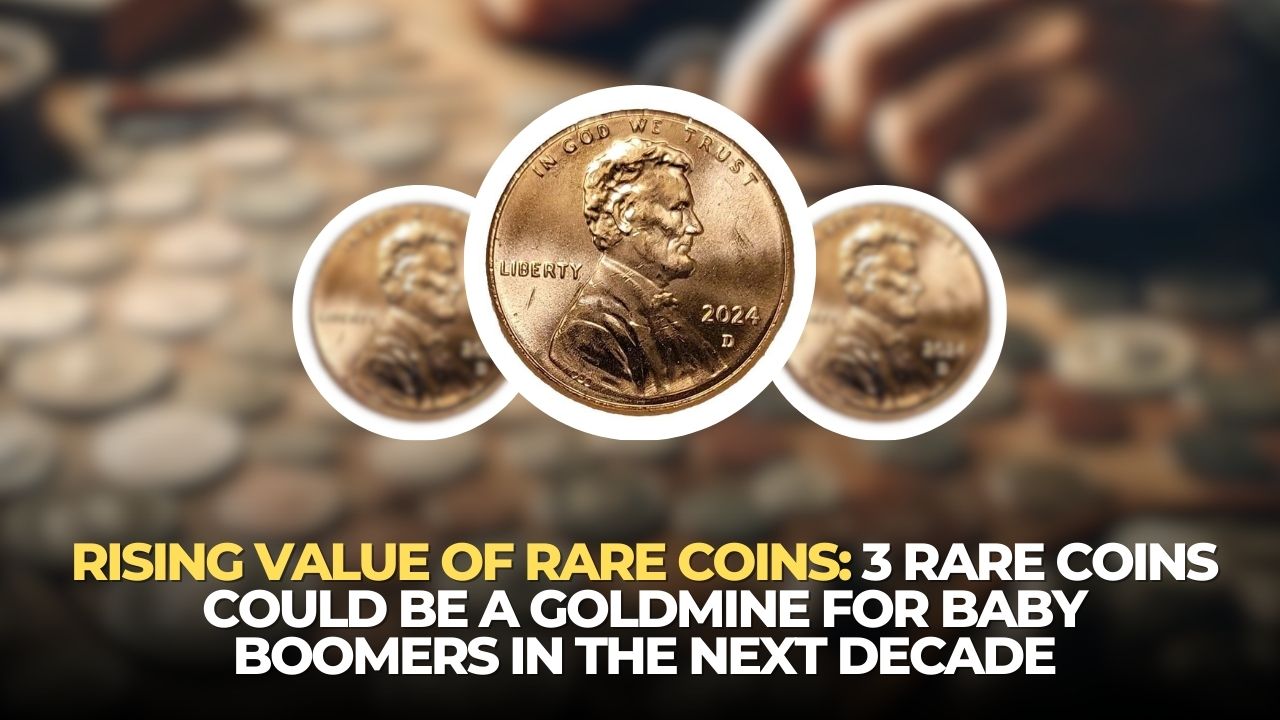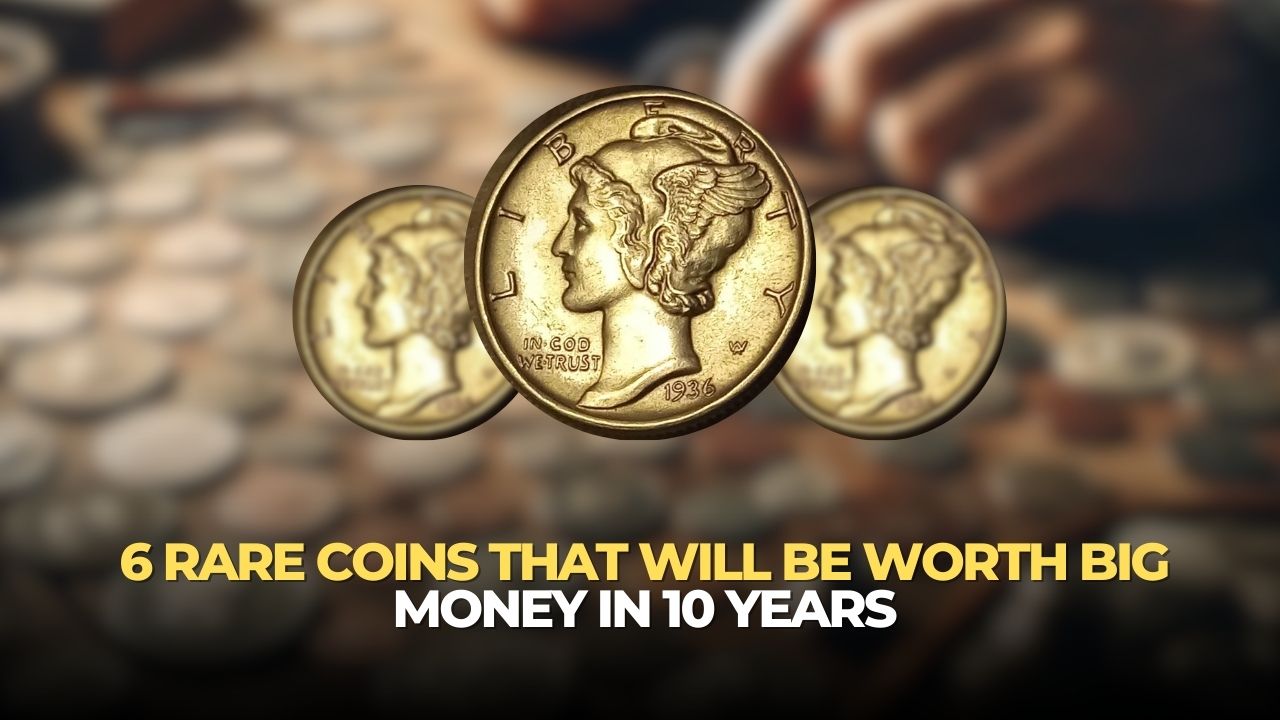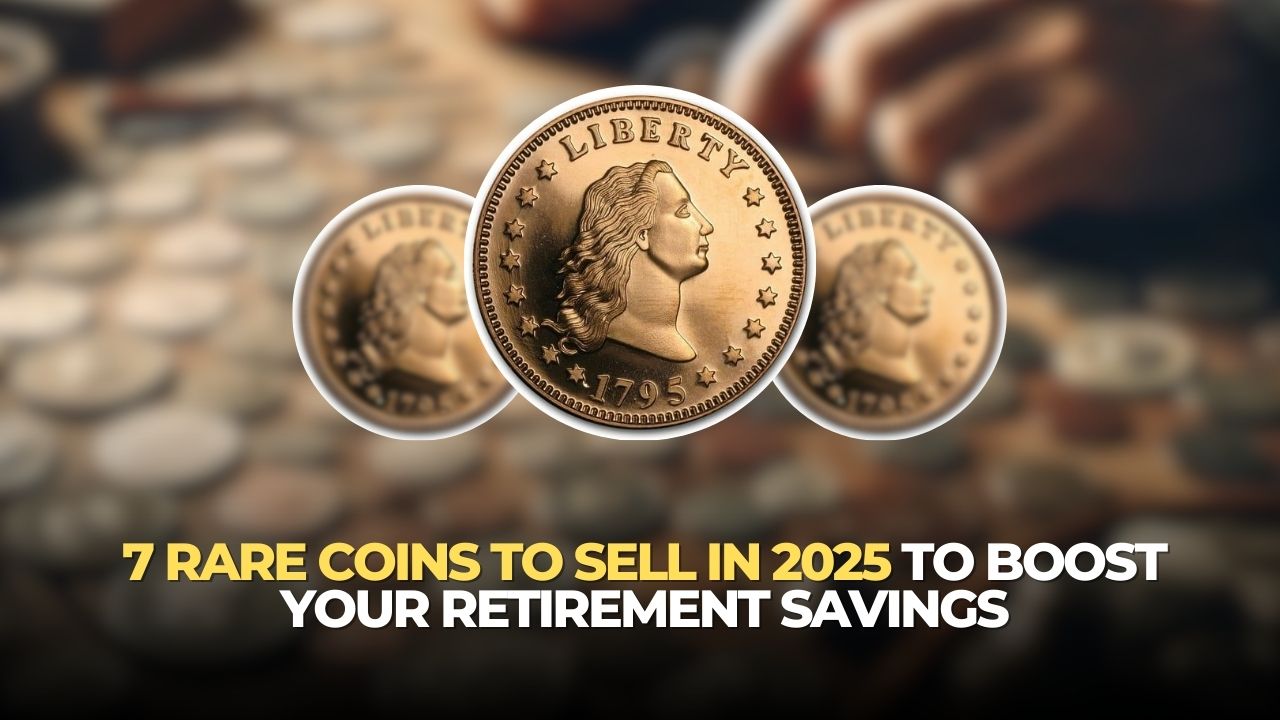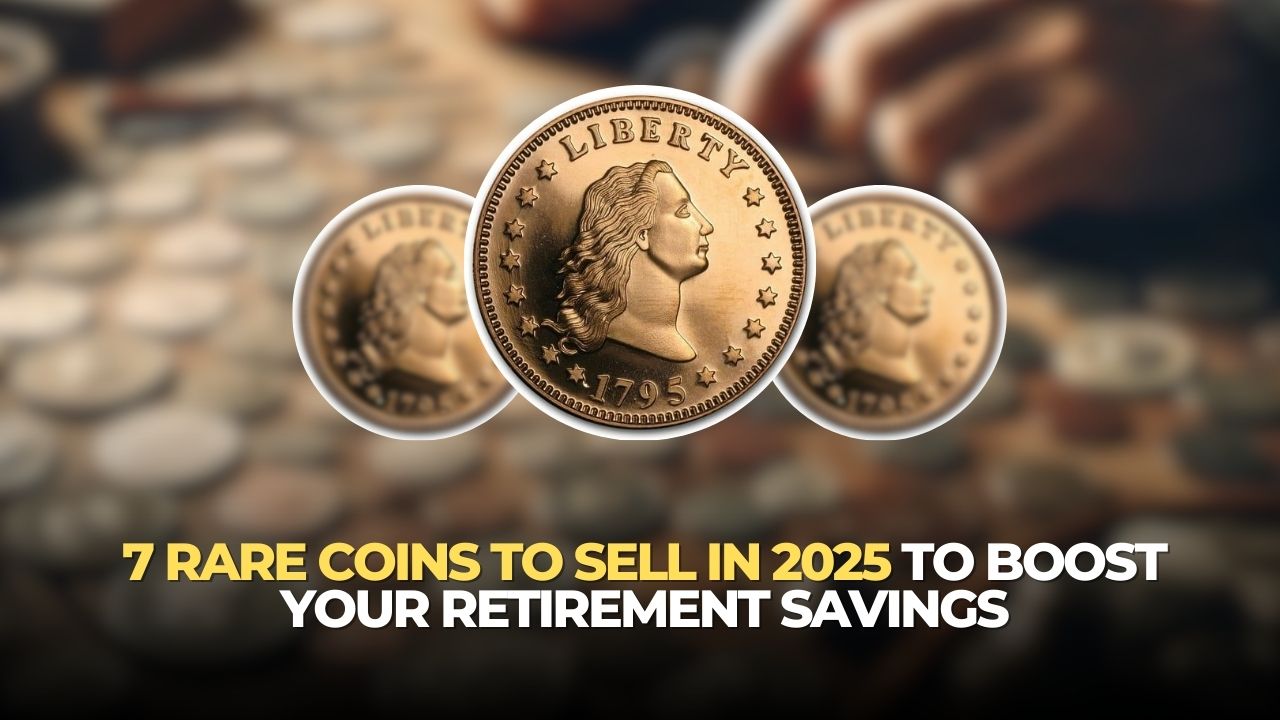$808K Bicentennial Quarter and More: The Intriguing World of Coins Valued Over $88,888
$808K Bicentennial Quarter and More are often seen as small, everyday items that we use for buying things. However, some coins can be worth a lot more than their face value. When a coin is rare, has a unique history, or has errors made during its minting, it can become a valuable collector’s item. One … Read more
